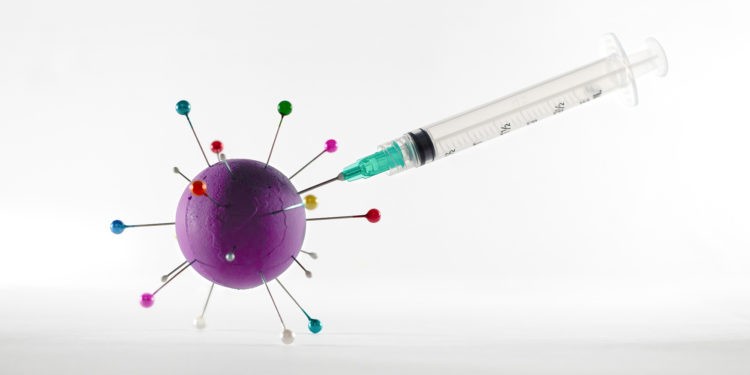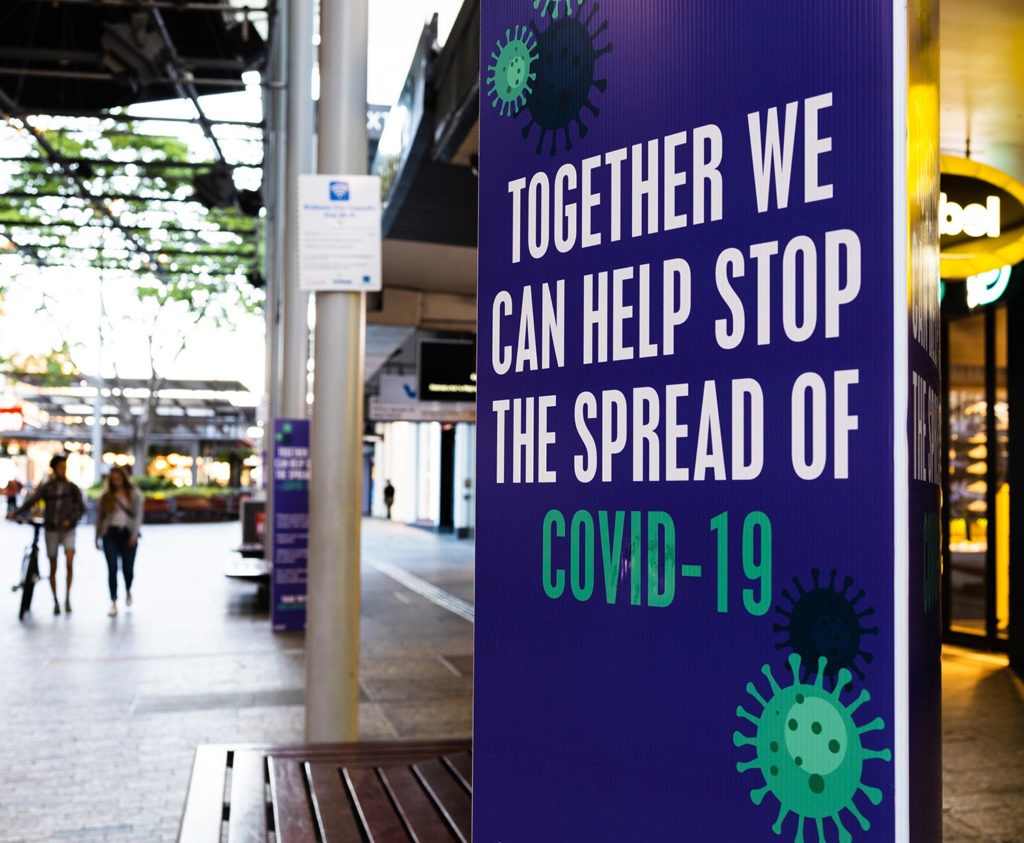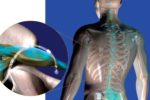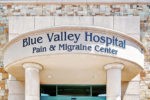Is there a Silver-Lining from COVID?

The words “unprecedented,” “crisis,” and “tragic” are words that have exhausted their meaningfulness and in every way fall short in describing the scourge that is COVID-19. It is hard to assign words to a pandemic that has already killed more Americans than the infamous Spanish Flu of 1918 and which continues to exact a terrible toll across every facet of our society.

There are no words.
With the pandemic, many people unexpectedly became jobless, financially challenged, and without employer-sponsored insurance. Hospitals became filled beyond capacity and experienced shortages of testing and medical supplies. Patient access also became difficult and dangerous for both patients and healthcare workers. It became a horrible domino effect of both major and collateral issues.
We became starkly aware that, as a whole, our healthcare systems were not designed to deal with this crisis. Not that we were incapable of it, which we have certainly proven, but that the system was not designed for an unpredictable, large-scale health challenge of apocalyptic proportions that additionally compounded existing medical conditions within the population and required immediate global mobilization of resources and research.
It Was and Continues to be an effort Beyond Herculean.
Now, two years into the pandemic, and though it is not yet time to wipe the sweat from our brow, it is important to acknowledge that there have been some very positive gains amid the rubble of disruption.
In an industry heavy with regulations and a multitude of governmental structures, limited by funding, and often hindered by long-decision-making processes, and slow adoption of new processes, transformation is agonizingly slow. It makes solving issues such as inequitable healthcare access, advancing research, rising costs, and physician shortages difficult on all fronts.
All would agree, however, fewer barriers equals better healthcare. It’s so basic, so simple, yet so confounding.
Astoundingly, COVID-19 challenged all of these long-imposed barriers. We saw a loosening of regulations with, for example, a waiver of originating site which helped open the door to the rapid and widespread adoption of telemedicine. This increased access to medical care across all populations, including more underserved communities.
We also saw the adoption of tools that fostered incredible new levels of scientific research collaboration that fundamentally changed how scientists do just about everything. The combination of unimaginably large databases, machine learning models, and massive computing power allowed for real-time decision-making and better clinical outcomes. COVID-19 pushed cloud-based tools that have been languishing on the periphery of healthcare adoption to the forefront in the vaccine development effort.
The response forced the vaccine development timeline from what typically takes years to mere months. This has proven the speed and efficacy with which we can develop and deploy new vaccines and laid the groundwork for action on future vaccines.
Other barriers came down as well. The pandemic highlighted the need for information sharing across the medical landscape as nothing else could. It ignited a spirit of urgency that obliterated traditional informational barriers as industry and academia, of necessity, organized into one unit laser-focused on finding a vaccine.
The closest we have ever gotten to such a united front was perhaps in the 1990s during the height of the AIDS epidemic when doctors and researchers entrenched closely to combat the disease. Researchers then faced many of the same hindrances that have persisted until now, largely being constrained by an information deficit both on the researcher and provider sides of the equation.

Today’s Combatants have far more powerful weapons of welfare at their disposal.
The pandemic response has demonstrated how swiftly advances can be made when we implement today’s technology and information-sharing tools for the benefit of humankind, without the restrictions of borders.
Now, vital information is shared and released daily on preprint servers, which are a recent innovation, and then reviewed and edited at record speeds. This, combined with scientific advances, has enabled research to move forward faster than during any other time in history.
There have been many hard lessons learned during the pandemic and the Association of American Medical Colleges’ report, The Way Forward Starts Now, includes 10 recommendations including encouraging congress to continue to commit to basic and clinical research and support appropriate funding. If we are to progress, we must look at future problems in light of all that we have learned from the current crisis.
The pandemic forced a creative, more agile, and urgent approach to all facets of human health. We were shaken out of the status quo and rose up, emboldened by the monumental task at hand.
The pandemic highlighted things we have long known were broken, but it has also empowered us to address those issues with new tools, experience, and perspectives. COVID is in no way good, but we can come through this better, wiser, and more circumspect.
And, despite the strain the pandemic has placed on many facets of healthcare and research, the foundational changes that were collectively employed can exponentially benefit the future of medicine and the treatment of countless diseases.
Covid was not the first pandemic, nor will it be the last. What it will be is the one that casts a spotlight on things that need to change at the same time as it compelled people to fight for those changes. Today, we look with hope that the medical and scientific communities capitalize on this momentum going forward to solve other diseases that will define the 21st century.
Resources






